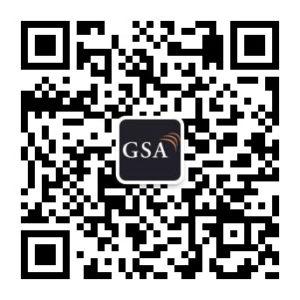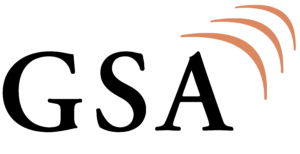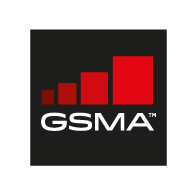2G-3G Shutdowns: A Comprehensive Guide
According to Machina Research, the number of global loT conections will reach 27 billion by 2025. Among them, the total size of cellular loT connections is expected to exceed 5 billion. Technologically, as the world is moving towards the 5G era, and 4G has become the mainstream mobile communication system, shortcomings of 2G/ 3G become increasingly obvious either regarding spectrum allocation efficiency, wireless peformance, or operation and maintenance costs. The worldwide 2G/3G sunset is in progress with many countries giving their own timelines based on their needs for telecommunications networks.
The retirement of 2G/ 3G requires mature alternative technologies to meet the development needs of low and mid-speed loT applications (within lO Mbps on the downlink and 5Mbps uplink) that account for 90% of the overall cellular loT connections.
This white paper is to help you through the 2G/3G sunset to find the right, replacing cellular technologies for your loT applications. We will compare the characteristics of the alternative technologies and their applicable loT scenarios respectively, analyze the factors in decision-making, and list the successful loT cases using the substitute technologies.
LPWA (Low Power Wide Area}, including NB-loT and LTE Cat M, as well as LTE Catl, have become the main choices for wireless connectivity for low and mid-speed loT applications after 2G/3G has started to withdraw from the stage.
According to GSMA, as of September 2020, the total number of deployed NB-loT and Cat M-based low and medium-speed loT networks worldwide reached 112, of which 96 support NB-loT, 46 support Cat M and 30 support both NB-loT and Cat M. In China, the three major operators are deploying LTE Cat 1 technology for the mid-speed loT businesses. Up to now, the scale of domestic LTE Cat 1 commercial chips in China has reached 10 million.
NB-loT, featuring wide network coverage and ultra-low power consumption, is suitable for low-speed loT applications that needs long-distance, small amount of communication data transmission with mere latency demand. LTE Cat 1 and Cat M technologies are more suitable for loT applications that require relatively high mobility, high data rate and volume, as well as voice capabilities (see Figure 4, Figure 5).
2G-3G Shutdowns: A Comprehensive Guide
WeChat: GSA Express


© GSA 2021
